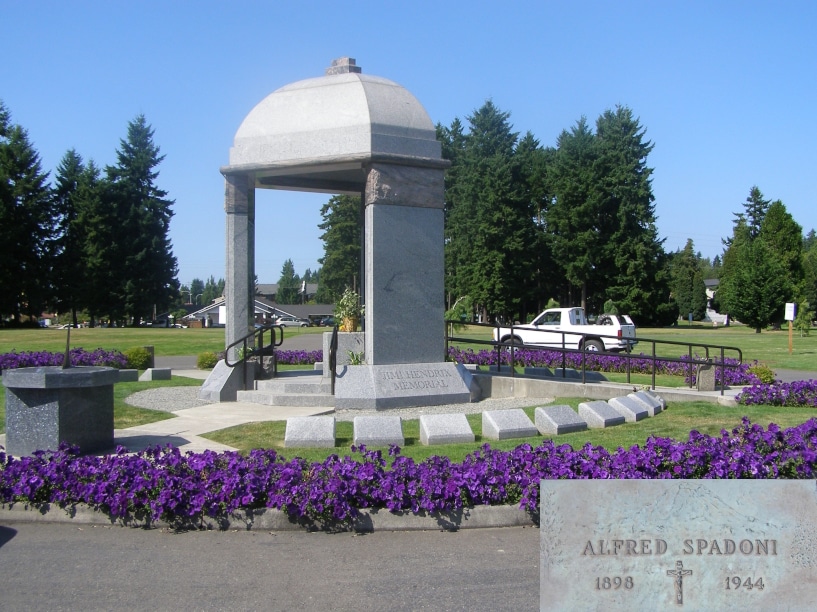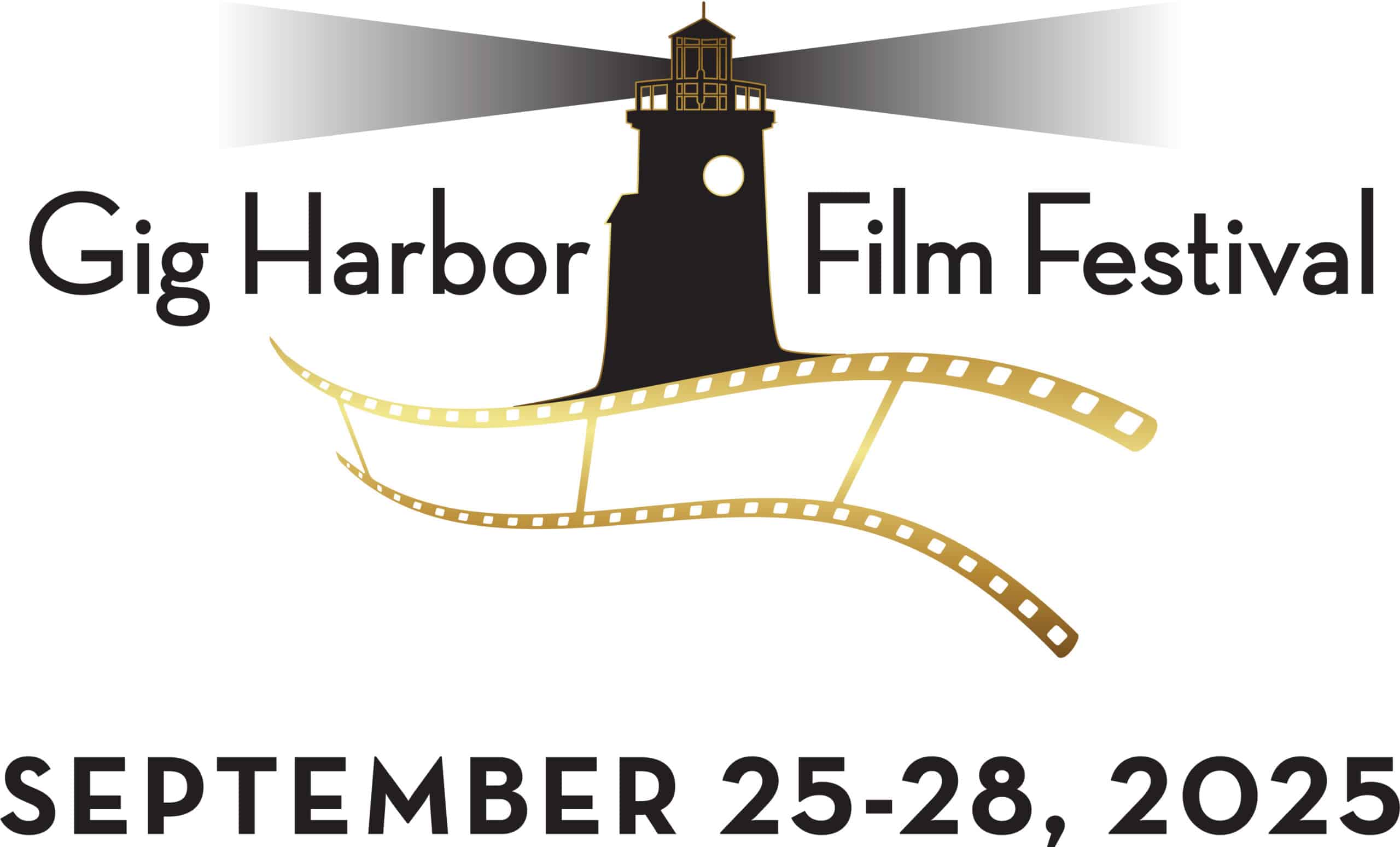Arts & Entertainment Community
Gig Harbor Now and Then | An April Fool’s true or false quiz
Although not scheduled for a new column this week, Gig Harbor Now and Then hereby presents either a bonus issue or three completely unnecessary pages, depending upon how it’s received.
Arts & Entertainment Sponsor
Arts & Entertainment stories are made possible in part by the Gig Harbor Film Festival, a proud sponsor of Gig Harbor Now.
Traditionally, April First is for spoofing, tricking and practical joking. But we’re not doing any of that. We’re going to tell you up front what we’re up to: We are presenting a list of statements on local history that is a mixture of outlandish lies and equally outlandish truths. Believe what you wish.
Note: I’m supposed to come up with multiple illustrations for every column, but it’s often tough to find images that relate to events of long ago. This time, with a certain measure of desperation, I took the following screenshot, and will attempt to slip it past the editor as an image of a subheading. If you see it, I succeeded. If you don’t, it was dark blue, 48-point Sitka Small font, shadowed, that said, “True or false?”

Fake news?
Everybody knows that legendary CBS News broadcaster Edward R. Murrow was born on Herron Island on the Key Peninsula. What’s not so well known is that as a boy, little Eddie would often paddle his cedar bark canoe around Devil’s Head and up to Filucy Bay to play Chinese Checkers with his friend, Wally Cronkite.
Mining history
The founder of Gig Harbor’s only brickyard was an overweight, mustachioed Italian from South Africa via England, who moved his family from Gig Harbor to Mexico before dying in a diamond mine in Rhodesia.
Selling cars, delivering mail
One of Gig Harbor’s early postmasters was also Tacoma’s first automobile dealer, selling Ramblers out of his hardware store in 1903.
Keep this under your hat
The first U.S. exploration of Gig Harbor was in 1841, by men in a small boat from the Wilkes Expedition. They were looking for the captain’s hat, lost when he was heaving over the rail after eating a batch of bad clams. Had it been found there, we would likely be calling the bay Cocked Harbor today, as that was the style of Wilkes’ U.S. Navy headgear.

Although there’s no way to be sure, it’s a theoretical possibility that these could be descendants of the clams that caused Captain Wilkes to lose his lunch in 1841. Photo by Greg Spadoni.
No objection
A classic example of poetic justice occurred 99 years ago when a swaggering, arrogant, aggressive, high-powered, troublemaking Tacoma lawyer — who caused an innocent Peninsula logger massive undeserved grief — died from syphilitic insanity.
Yes or no question
Speaking of communicable diseases, Wauna got its name from a service business in a private shack on its public wharf. The catch phrase of the working girls there was, “Hey, sailor, you wanna …?”
The fact that the place isn’t called Didn’t Wauna is telling.
Quite a resumé
In his later years, one of the Peninsula’s best known timber men made the natural career transition from logging to manufacturing automobile shock absorbers.
Technically true?
Early local settler Harry Clayton of Vaughn was exposed as a fraud over his claim to having been a Pony Express rider in his youth.
At his funeral it was revealed that he was too young to have done so, although as a boy he had once ridden a pony named Express from St. Louis to East St. Louis, a distance of about four miles.
His friends and neighbors who had already paid for a marble headstone engraved with the lie were so disgusted they threw the marker into the grave with him.
Roadie from up the road
The son of a man from Burley who played an important role in the career of legendary rock guitarist Jimi Hendrix wrote a book that sold millions of copies.

Speaking of Jimi Hendrix, this photo of his final resting place has nothing to do with this week’s column. However, the mention of his name provides an outright lame opportunity to point out that it’s no real surprise his family chose to have him buried in the same cemetery as my grandfather, Alfredo Spadoni. Having become a resident there before the rock & roll era, it’s comforting to think that Jimi has since brought him up to speed. Rock on, Alfredo! Photo by Greg Spadoni.
Welcome to the Harbor
In 1883, when future Gig Harbor town founder Dr. Alfred Burnham first entered the mouth of Gig Harbor in a small boat and took in its pristine beauty, he turned to his wife, Rachel, and exclaimed, “CRIKEY!”
Wood-fired railroads
During the steam era, all the logging railroads on the Peninsula used wood for fuel except one, which burned gasoline.
A game of inches
The traditional Gig Harbor fishermen’s rule that no one under 5-foot-3 was allowed to join a commercial boat crew is thought to have started with Samuel Jeresich, who had a brother-in-law of 5-foot-2.
It would be faster
Before the first Purdy Bridge was constructed, travelers routinely crossed the narrow channel by rope swing.
Young entrepreneur
In the 1890s, when Purdy’s first sawmill was moved to another location, the next owner of the mill site was a 3-year-old girl from Kitsap County.
A dead end
The only official use of the military reservations at Gig Harbor was for shooting Army deserters.
Trotwood was already taken
As its name suggests, Canterwood, the golf course and upscale housing development on Peacock Hill, first opened as an equestrian-based neighborhood. In its original conception, however, it was going to be named Angora Woods, consistent with its intent to be a high-end sweater-themed community.
Boats, trains and automobiles
Long before any serious thought was given to bridging the Narrows, a ferry was proposed between Tacoma and Gig Harbor — for trains only.
Saline solution
If certain influential parties in the earliest years of the 20th century had their way, Gig Harbor would be a fresh water lake today.
A partial accounting
The truth/lie ratio of the preceding semi-nonsense is 1:1. That means half the statements are true, half are not. It doesn’t really matter which is which, does it? They’re all pretty unbelievable.
Which ones would you like to be true?
Greg Spadoni of Olalla has had more access to local history than most life-long residents. During 25 years in road construction working for the Spadoni Brothers, his first cousins, twice removed, he traveled to every corner of the Gig Harbor and Key Peninsulas, taking note of many abandoned buildings, overgrown farms, and roads that no longer had a destination. Through his current association with the Harbor History Museum in Gig Harbor as the unofficial Chief (and only) Assistant to Linda McCowen, the Museum’s primary photo archive volunteer, he regularly studies the area’s largest collection of visual history. Combined with the print history available at the Museum and online, he has uncovered countless stories of long-forgotten local people and events.

